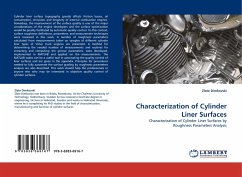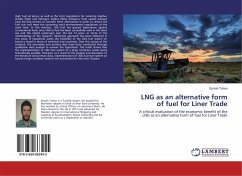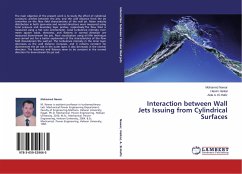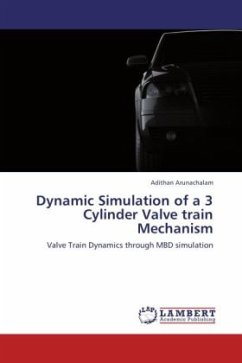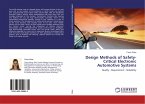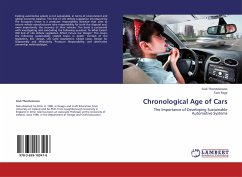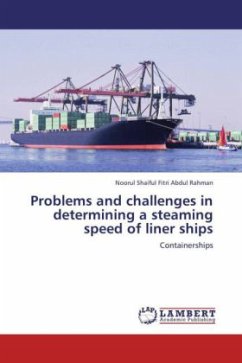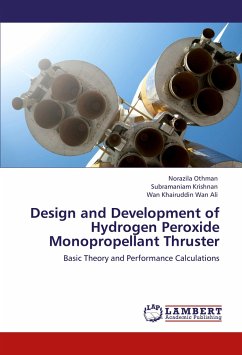Cylinder liner surface topography greatly affects friction losses, oil consumption, emissions and longevity of internal combustion engines. Nowadays, the improvement of the surface quality is one of the major considerations of the engine developers and the surface optimization would be greatly facilitated by automatic quality control. To this context, surface roughness definitions, parameters, and measurement techniques were reviewed in this work. A number of roughness parameters calculated from measurements taken on samples of different cylinder liner types of Volvo truck engines are presented. A method for determining the needed number of measurements and routines for extracting and computing the groove parameters, were developed, implemented in MATLAB and applied on the measurements. The MATLAB codes can be a useful tool in automating the quality control of liner surfaces and are given in the appendix. Principles for procedures needed to fully automate the surface grading by roughness parameters analysis are also described. This work should help the professionals or anyone else who may be interested in objective quality control of cylinder surfaces.
Bitte wählen Sie Ihr Anliegen aus.
Rechnungen
Retourenschein anfordern
Bestellstatus
Storno

